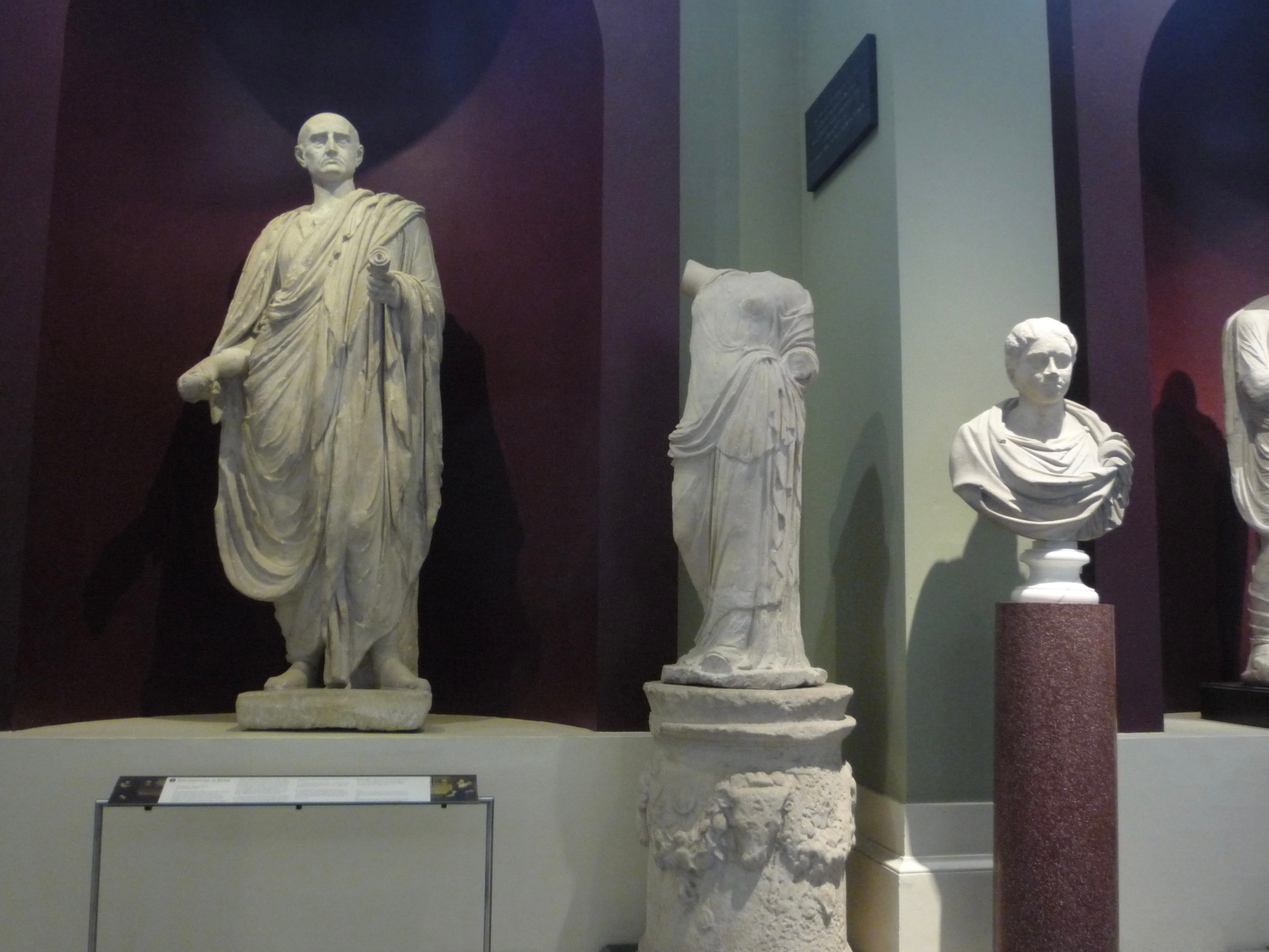My work connects with members of various identities, from elderly people with early onset dementia to understanding museum accessibility for people in wheelchairs. The conversations I have been participating in explore the concepts of complacency, colonialism, and community engagement.
These conversations surrounding equity, diversity, and inclusion continue to highlight legacies of violence and the "spectacle of display" (as a curator stated in one of these dialogues) involved in crafting museum experiences.
Through these projects, my biggest concerns center around tangibility and "progress" within these spaces. Given the short amount of time I have to dedicate to listening and attempting to improve these experiences, I am concerned that my work will only serve as a small step to long-term change (which may take months or years to occur). To address these worries, I have been attempting to fully engage within my projects behind the scenes and offer my thoughts when asked by my supervisors or coworkers. Hopefully, through these meaningful conversations, and through reaching out to various individuals with more powerful positions, changes can be implemented after my departure.
A key example of this (which I have attached a photo below of the starting point of the tour) includes a museum Highlights tour of the Ashmolean Art museum I went on to gauge the visitor experience and report my feedback. In this tour, I noted the outdated language and ways the tour subtly catered toward a White, older audience with emphasis on Christian texts and skimming of Islam, phrases such as "cultures much different from ours," and the occasional glances while entering a section titled "West meets East."

Please sign in
If you are a registered user on Laidlaw Scholars Network, please sign in
Love the honesty here, and big kudos to you for sharing such thorough feedback. That “West meets East” comment does sound a bit out of place and definitely feels Eurocentric. It's great that you're seeing both the challenges and the behind-the-scenes of these spaces. I agree; it’s so helpful to engage with public spaces from a first and third-party perspective and think about how they can be improved. I’ve been trying to do the same during the short time in England as well.
Totally agree, Laila! Love reading about the work you’re both doing :)
I visited the British Museum after the conversation we had at the Oxford Natural History Museum, and I was struck by the dedication to more thoroughly equitable presentation of artifacts. I particularly enjoyed a display they had that juxtaposed the concept of divinity amongst various historic cultures by utilizing ancient Egyptian, Indian, and Greek statues. Though I might say that that's the least they could do; I was shocked to enter the Parthenon room, where half the artifacts from the temple are displayed (with only the other half being in Greece.)